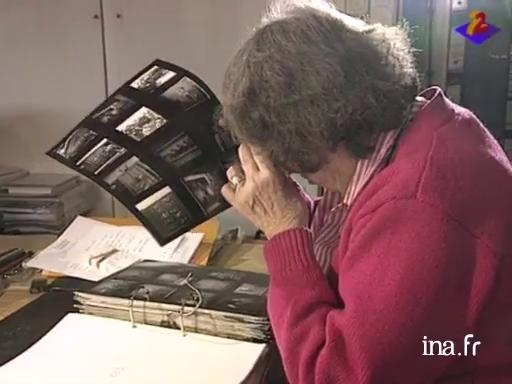Gisèle Freund

Information
On the occasion of the Georges Pompidou Centre's exhibit dedicated to Gisèle Freund's photography, she is interviewed at home. She talks about her career while sharing her most famous photographs of writers.
Context
Gisèle Freund was born in 1908 in Schöneberg near Berlin. As an adolescent, her father gave her a Leica camera that would never leave her. She studied in geology at the University of Frankfurt am Main, but as the Nazism grew, she fled Germany and finished her studies in Paris, where she took French nationality and submitted a thesis on Photography in France in the 19th Century, that she would publish, thanks to Adrienne Monnier in 1936.
It was through her that she met and mixed with numerous writers, while still unknown, who she took colour portraits of, using Agfacolour film. In that way she immortalised Michaux, Yourcenar, Cocteau, Beckett, Gide, Woolf and many other celebrities such as Mitterrand.
Fleeing France during the war, she left to report from Latin America, then became the first lady photographer at Magnum in 1948.
She was invited to exhibit her works in the Museum of Modern Art in Paris, in 1968 and in 1991, a large retrospective was devoted to her by the Pompidou Centre. Recognised as one of the greatest portrait photographers of the twentieth century throughout the whole world, she died in Paris in 2000, after having received several awards and given to the state over 300 photographs.































